Finns fire up the audience at the Dubai World Expo
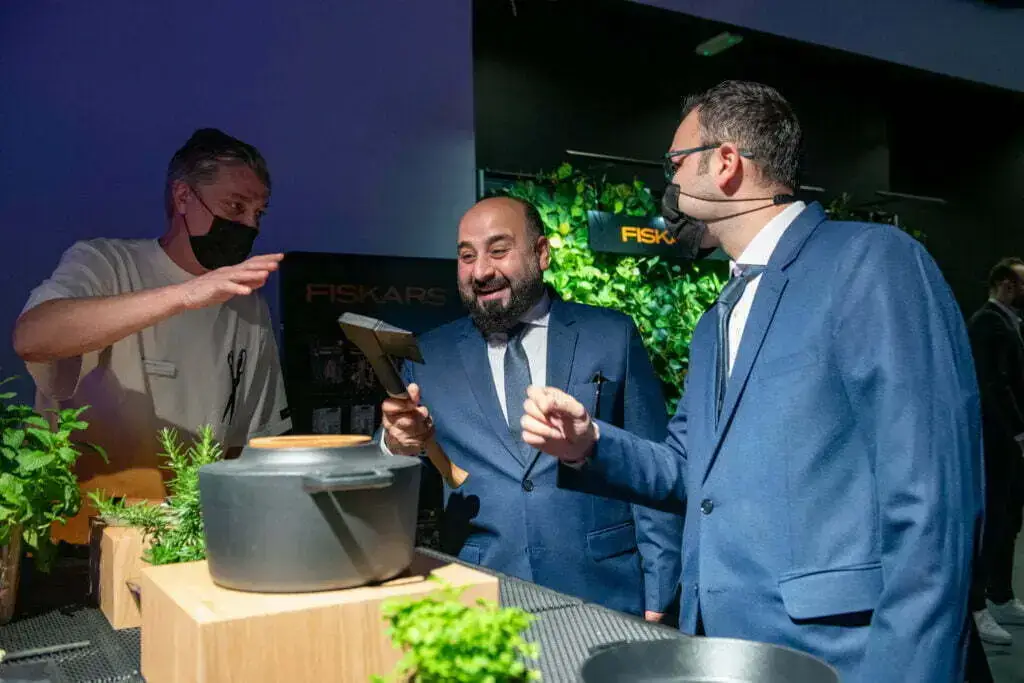
“The World Expo is a unique and unforgettable event. There is nothing like it,” says Martina Haglund, Producer at Wolttigroup. In partnership with Business Finland, Wolttigroup organised the programme for Finland’s National Day at the Dubai World Expo October 2021. Instead of the traditional ceremonies and protocols, Finns created a show that left a lasting […]
Evoking emotions is the key to successful events
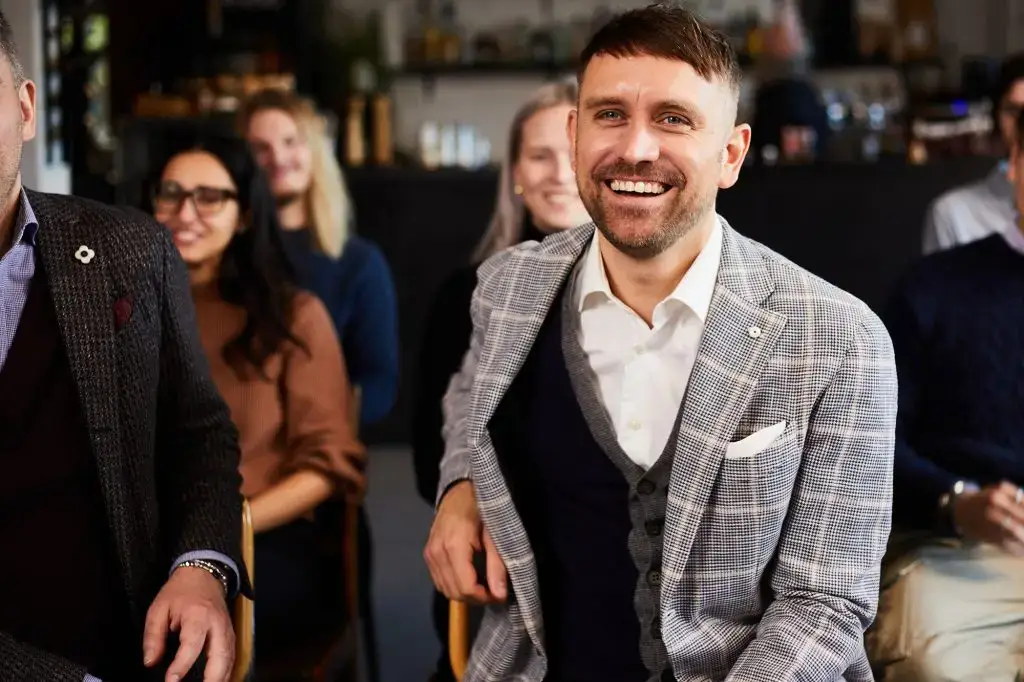
Taking a participant’s perspective into account and planning the emotional experience are more important than ever for a successful event. Evoking emotions is necessary for inspiring, becoming familiar and building a sense of community. Working life has changed permanently. Hybrid work – combining remote and in-person work – is becoming the new operating model for […]
Hybrid events evoke emotions in a broad audience
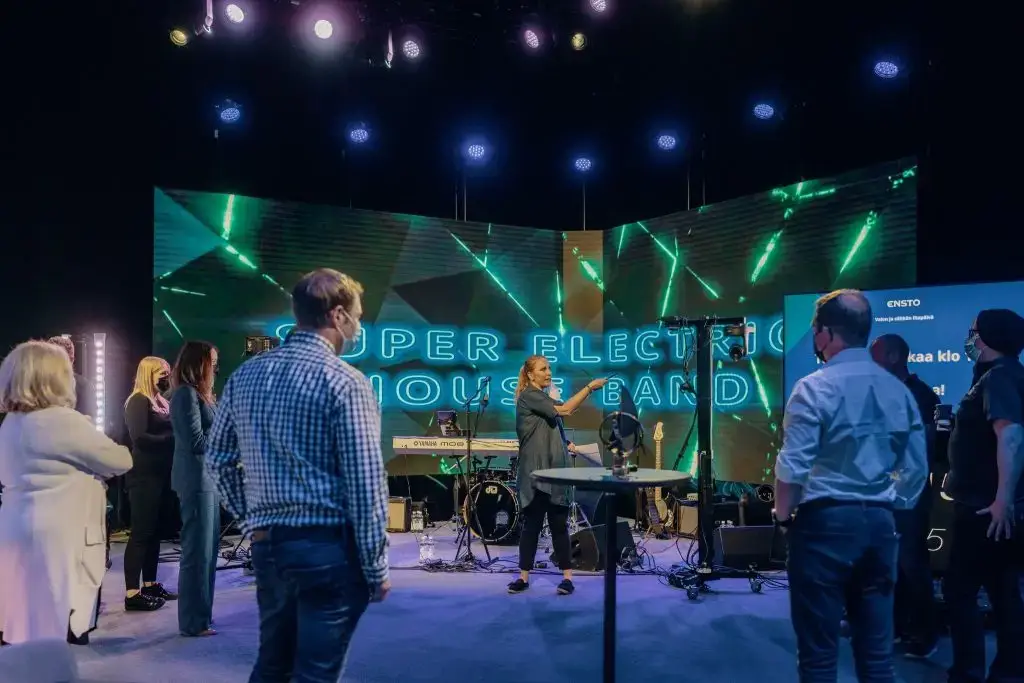
Hybrid events make it easy to manage the risks of the coronavirus. However, a hybrid event should not be a live event which is just streamed online. Wolttigroup’s evoker Jarkko Kivikoski tells you everything you need to know about hybrid events. “There is no one right way to hold a hybrid event. Hybrid events are […]
The philosophy of evoking emotions
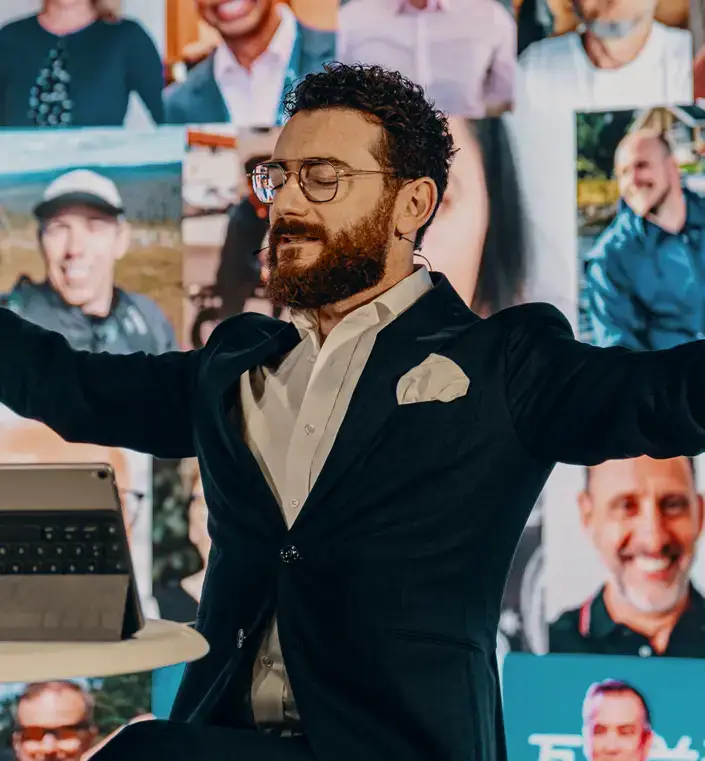
Evoking emotions is Wolttigroup’s new philosophy that dictates our operations at all levels. It is a state of mind that gives birth to ideas, insights and inspiration, energy, a sense of community and WOW experiences. It is a way to stand out from the crowd. It strengthens Wolttigroup’s story and is seen in our new […]
Anatomy of an effective digital event

When selecting a place or venue for a digital event, objectives and effectiveness should be kept in mind, and technology should not be the defining factor. When talking about events conducted over a network and virtually, the discussion often turns to technology and platforms. There are numerous options for organising events in a digital format, […]
Tips for organising a successful online event

A virtual event, webinar, streaming or remote conference facilitation? Various remote solutions have already been used to hold events for many years. Find out what the different options are for organising a physical event and what to consider. There are several digital options for a physical event, and for years Woltti Group has applied a […]
We Care – we promise we care
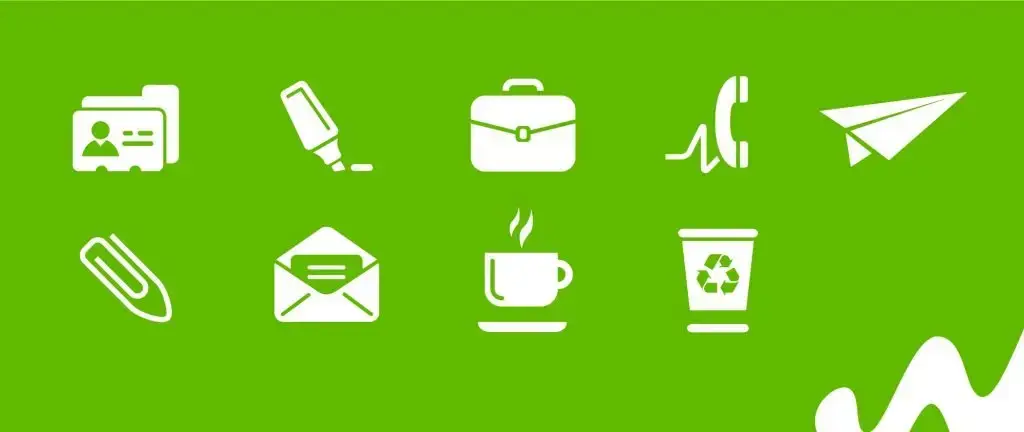
The need for a new office was the opportunity for the events agency Woltti Group to put its responsibility values into practice and to aim for WWF Green Office certification. We Care: these two words sum up Woltti Group’s promise to be a company that makes the change that it wants to see taking place […]
Woltti Group relocates

You can now find us at Teollisuuskatu 33 – just a stone’s throw from our previous offices. Fifteen years in the Alppila district of Helsinki is drawing to an end. The Train Factory area is to be redeveloped and we at Woltti Group decided in the spring that it was time for us to move […]
Sustainable events in Helsinki

Helsinki Marketing run its first Sustainable Meetings event at Finlandia Hall this September. The Sustainable Meetings pilot event marks a move towards more sustainable B2B events in Helsinki and forms part of Helsinki’s efforts to deliver on the United Nation’s sustainable development goals. Helsinki Marketing’s new B2B meetings policy places sustainability front and centre across […]
5 x impressive event on Instagram

Instagram increases its importance in companies’ and organisations’ marketing. Check out the tips on how to create an impressive feed of photos and how to build visibility on Instagram by means of events. In a few years, Instagram has become one of the most important social media channels, and its number of users is increasing […]
Don’t forget the fair

How to channel the right visitors to your stand? When products are presented on 3D video and people build their professional networks on the social media, the trade fair would seem to be consigned to the dustbin of history. But that is precisely why interest in them is spiking. ”Fairs and exhibitions do well at […]
Events make the brand come alive

From sending the invitations to the experiences shared by the participants, every event tells a story. When planning your event, it is vital to consider the things you would like to highlight and communicate to the guests on the day. If you have a lot to say and a big product portfolio or offering, it […]
The most powerful encounter on the path to purchase

Event marketing is one of the most efficient measures for impacting purchase behaviour, but the actual impact of the event is not always reflected in direct sales. Events are a staple of every marketing tool kit. According to experience, events increase sales and have an impact on purchase decisions. Indeed, the impact and success of […]
When your visitors create their own show

Facilitation increases event impact. “The traditional way of throwing a B2B event is to make the guests listen to other people. You have your keynote, panel and round table, maybe spiced up with a message wall. It can work, but you can’t attract discerning target groups any more by offering the same nice content as […]
A lasting first impression

The thing about first impressions is, you only get to make one. So make it good! First impressions are everything. This old cliché holds particularly true for business events. A good first impression makes guests feel at ease and opens their minds to new messages and ideas. And that is an essential requirement for achieving […]
Are you an effective sponsor?

Sponsorship can be an effective way of reaching your audience in a relevant manner. The most important thing is doing it in the right way. Unfortunately, many companies never manage to climb up from the first and less effective steps of the sponsorship ladder. Master the art of Sponsorship by watching our videos and climb […]
Your event needs a sustainability strategy

Sustainability: why not organise your event more responsibly, if you can? Corporate events are irreplaceable and unique for both personnel and customer relations. The flipside of these positive effects is that they are also a burden on the environment. That’s why companies should seek to learn to organise their events as sustainably as possible. ”Every […]
Confidence in business partnerships is built through personal encounters

In this world, only two things are constant: people and change. While a tad cliché, this really sums up why companies that want to be successful have to organise events for their key stakeholders. ”No matter how digital the world gets, our need to meet and engage with other people will never go away. On […]
Zalando relies on brand experience

In 2015, European e-commerce giant Zalando bought a local inner-circle fashion exhibition called Bread & Butter and converted into an international trend festival open to all. Why would they do that? To answer that question, Woltti’s CEO Jyrki Aittola goes back to an age-old management gripe about the high price of marketing. “If you complain that marketing […]
8 tips on reducing event costs

Decreasing the costs of events takes skill. How do you lower costs without diminishing impact? Here are 8 tips on reducing the costs of your event smartly. 1. More impact with the same price. Big and showy set-ups don’t guarantee impact. You should rather focus on shifting your investment from flashy settings to impressive content and […]